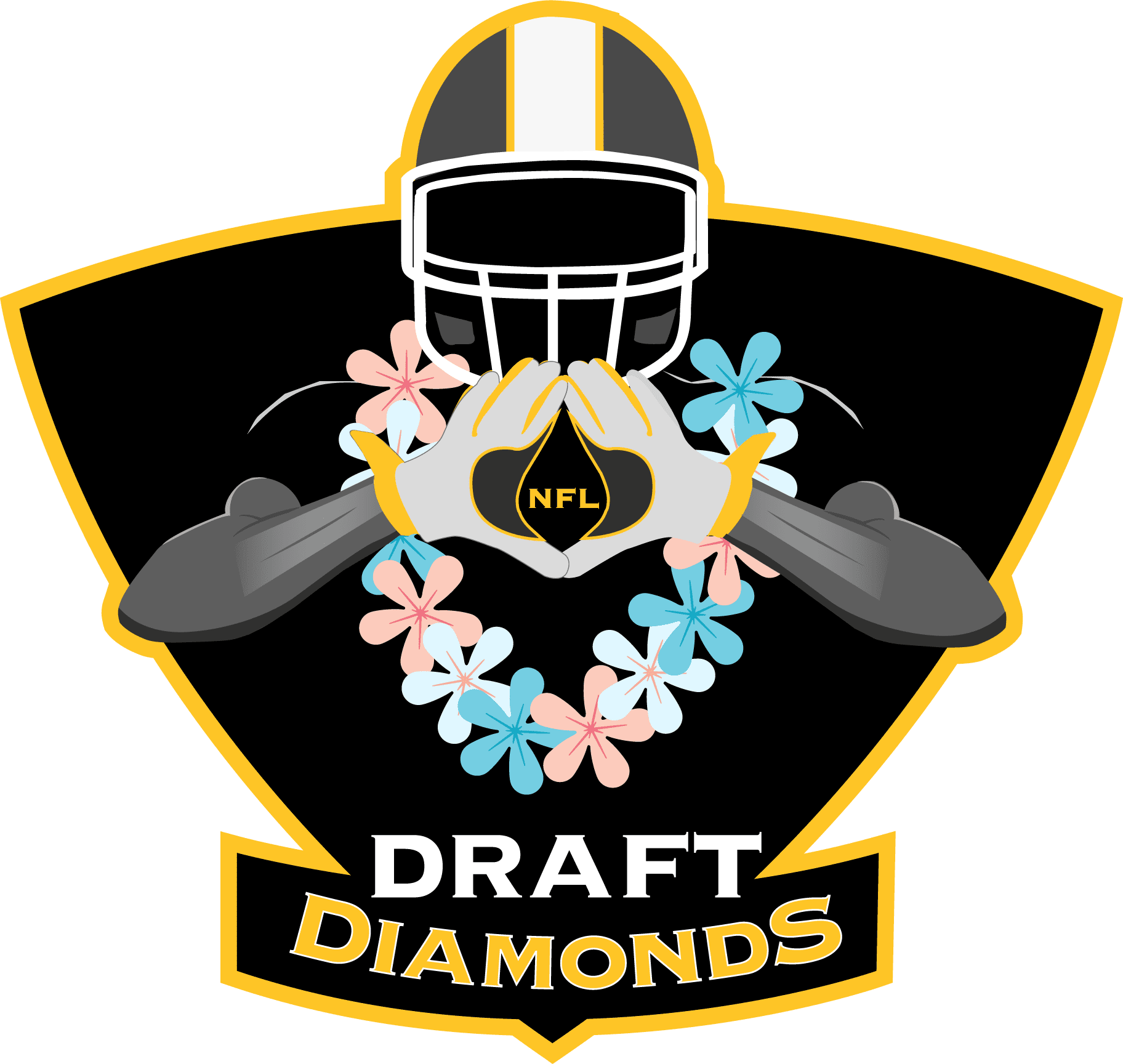What Can NFL Players Do When Their Jawline Is Fractured?

Recently their was a video showing ex Raiders offensive tackle Bruce Campbell in an altercation at Walmart, which we later found out to be false. In the video, which had gone viral, it said that Campbell was taken to the hospital because of a broken jaw during a violent fight. The only problem was, it was not the former National Football League (NFL) player in the footage who was injured. Nonetheless, broken jaws can become a big issue for athletes, making it hard to eat, drink or play. A damaged jaw is one of the causes of a misaligned jaw that can have several repercussions, such as difficulties in chewing, speaking or moving.
Injuries Common To NFL Players
According to the sports injury data gathered by the NFL, concussion is the most common injury players encounter, with roughly 200-280 affected by the condition annually between 2012 and 2018. Mild traumatic brain injury occurs after receiving blows to the head, and a player may or may not lose consciousness. Headaches, confusion, memory loss, dizziness, nausea and vomiting are some of the symptoms brought about by head trauma.
Another side effect of trauma is jaw misalignment. Although an asymmetrical jawline may be caused by genetics or lifestyle requiring no medical attention, fractures might need treatment or targeted exercises to correct the problem. When you hit your head, it will most likely hurt from the initial impact and later, from potential injuries that may occur. In addition, it will create whiplash injuries in the jaw and neck. Due to the sudden movement, the head and neck can be jerked too far from the center of the neck. The ligaments of the jaw are over stretched, causing pain to the jaw and ears, and sometimes, complete misalignment. If your jaw is already not symmetrical, whiplash injuries can exacerbate the alignment of your mouth and jawbone.
Treatment And Rehabilitation
The immediate course of action when a player is suspected of concussion is to remove them from the field immediately. The NFL team physician and an independent neurotrauma consultant will review the video, determine where the person was struck, and conduct a thorough neurological exam. If the jaw is displaced, surgery will be performed that will require screws and plates attached to the jaw. Surgery will last 1-2 hours, but can take as long as 3-5 hours if it involves multiple procedures.
Following surgery, a patient might experience nasal congestion, a sore throat, numbness, and difficulties in communicating and swallowing. Their jaw might be wired or restrained by elastics. Patients might also feel nauseous, vomit, or experience bleeding. Like any kind of surgery, players might even go through a phase of mild depression, which is sometimes linked to the steroid medication that’s necessary to minimize swelling. It is important for athletes to remember that during recovery, the body needs a high level of nutrition, so it’s important to follow a liquid diet and use nutrient supplements until the bone heals and regains its strength. Oral hygiene is also vital. Depending on the severity of the trauma, athletes can return to the field by resuming physical activities slowly and increasing the intensity of their workout if the symptoms do not worsen or return. Should field activity resume, face guards and mouth guards are highly encouraged, although it is not mandatory in the NFL
Playing contact sports carries with it risks, including head trauma, and neck and jaw damage. Serious fractures may require surgery and a comprehensive rehab before an NFL athlete can return to the field.
![]()

NFL Draft Diamonds was created to assist the underdogs playing the sport. We call them diamonds in the rough. My name is Damond Talbot, I have worked extremely hard to help hundreds of small school players over the past several years, and will continue my mission. We have several contributors on this site, and if they contribute their name and contact will be in the piece above. You can email me at nfldraftdiamonds@gmail.com
